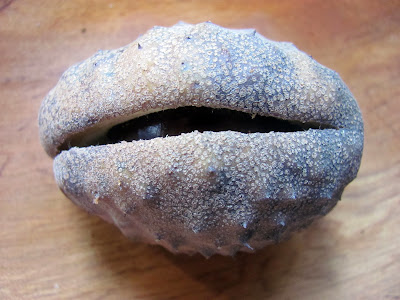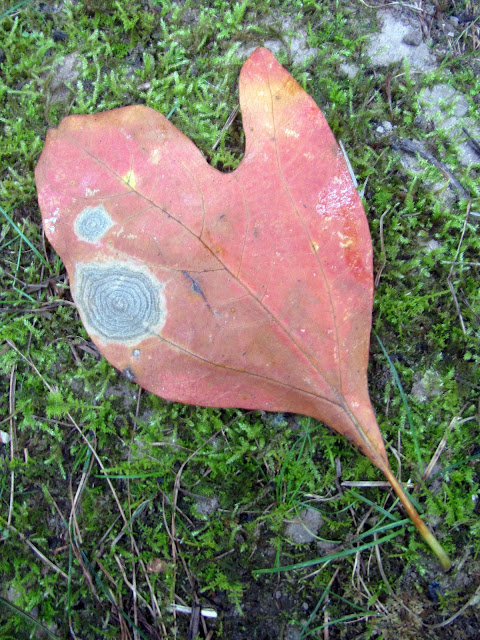blooming at Christmas
green pads shoot off red rockets
for northern New Year's
My son's Christmas cactus started blooming at Thanksgiving, kept up a barrage of blossoms at Christmas and is still shooting off red rockets for the New Year. Here in North America we call this plant "Christmas cactus" because it conveniently blooms around the holiday season and sports bright colors of green and red in vivid contrast to the snowy world outside. Schlumbergera is actually an immigrant from South America, where it is called "Flor de Maio" because it blooms in May.
This thornless, leafless plant with flat truncated stems doesn't look anything like our usual image of desert cactus. That's because its home is the moist coastal mountains of southeastern Brazil, where it grows on mossy tree limbs or in the humus-filled pockets of rocks. There, the nectar-filled, tubular red flowers attract hummingbirds, which pollinate the flowers. The fertilized flowers produce fleshy fruits that are eaten by birds, which then distribute the seeds.
So here sits our pot-bound transplant in a south-facing windowsill, blooming its heart out in the middle of a Midwestern winter, no hummingbirds in sight. It may live for years and years, perhaps being passed down to another family member, without ever reproducing. But still, it gives great joy to all who behold its magical transformation from a rather homely plant into a fabulous fountain of flashy blossoms.




















































